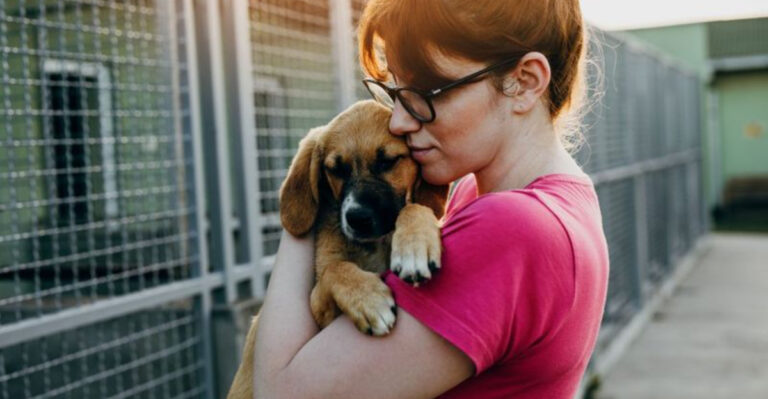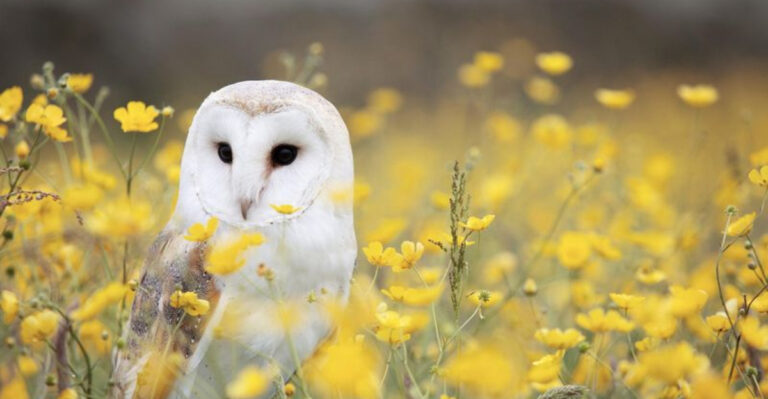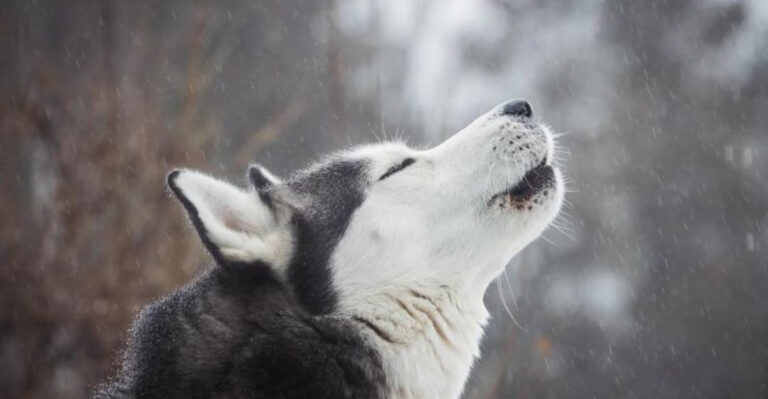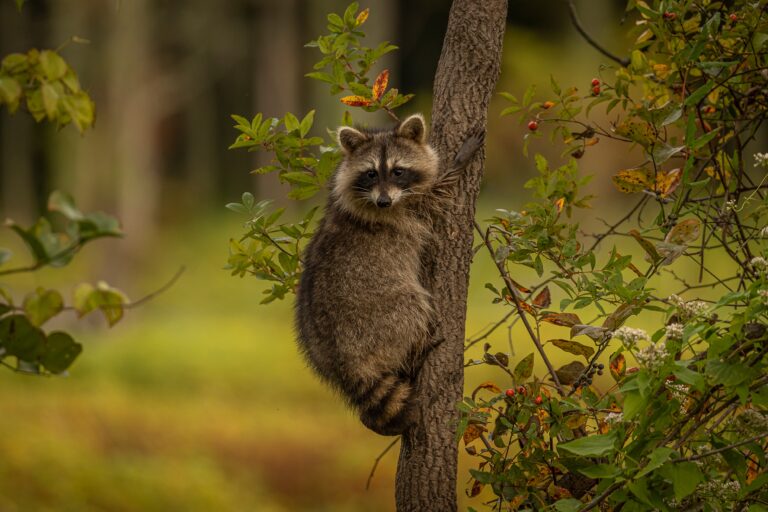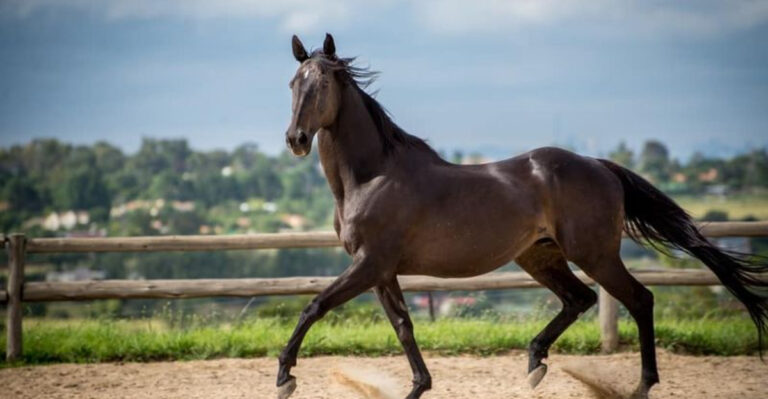16 Adorable Pet Behaviors That Might Be Signs Of Trouble
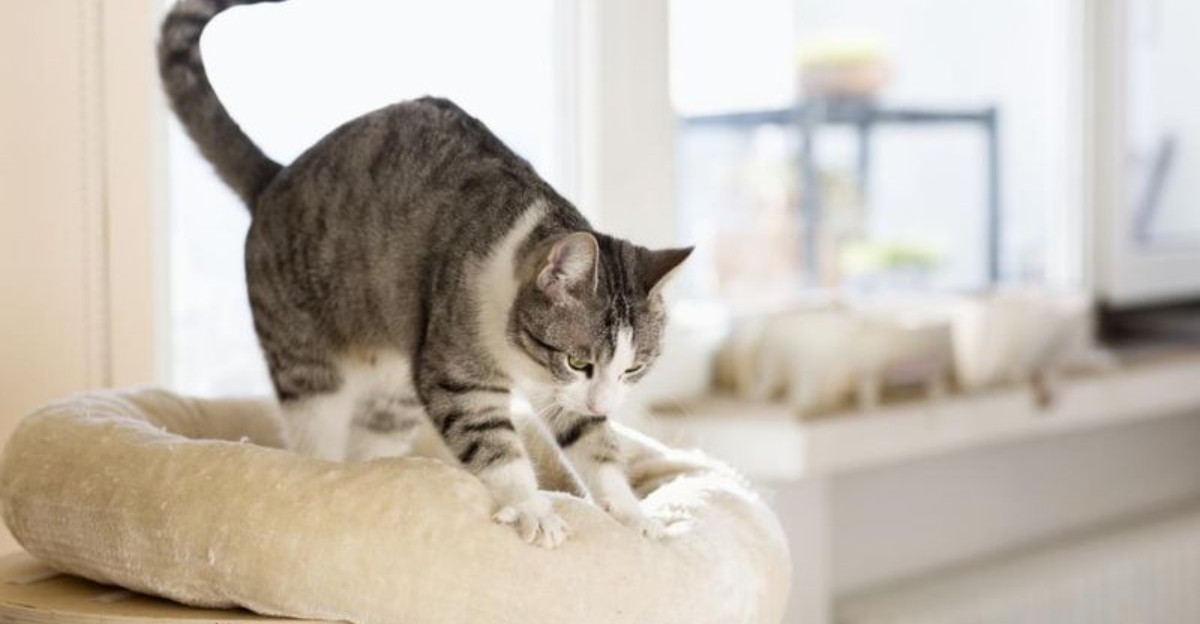
Ever noticed your pet doing something irresistibly cute, only to wonder if it means something more? Those adorable antics might be disguising underlying problems.
Like a mystery novel with its twists, our pets’ behavior can be puzzling.
But fear not, as we unravel the charming yet possibly troublesome habits of our furry friends, you’re in for a delightful read and a few surprises.
1. Purring Cat
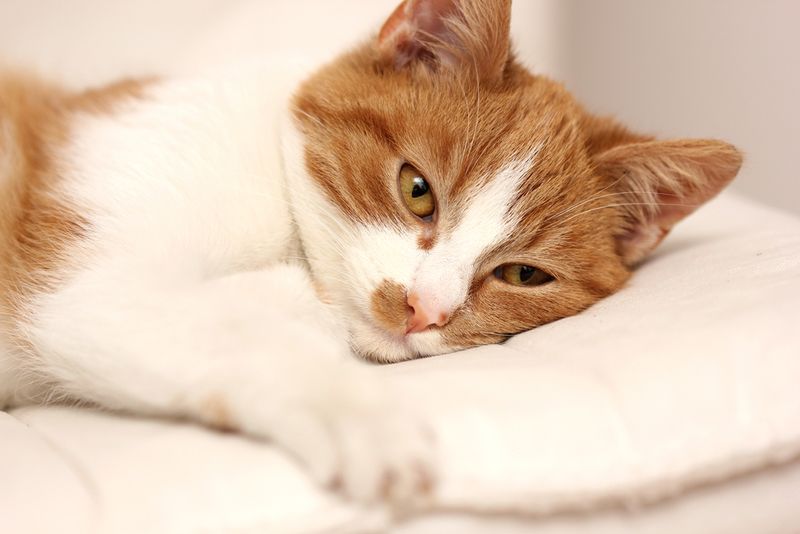
Purring might seem like the ultimate sign of feline happiness, but a cat’s rhythmic hum can be deceiving. Sometimes, it’s their way of saying, “I’m in pain.”
Imagine sitting with a warm cup of tea, your cat purring softly on your lap. Suddenly, an ear twitch or a slight wince hints at discomfort.
Cats often mask their pain, and purring can be a soothing mechanism for themselves. So, if the purring comes with unusual behaviors, a vet visit might be in order.
2. Tail-Chasing Dog
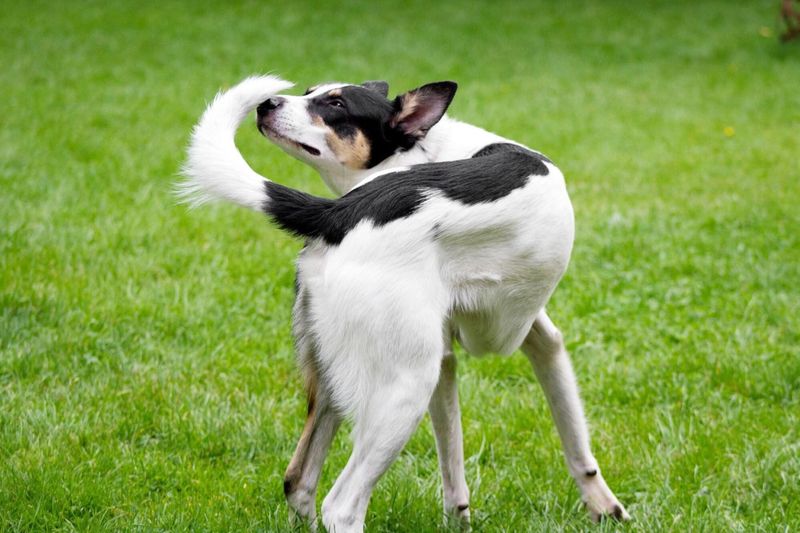
Watching a dog chase its tail is like witnessing a live comedy sketch. But if it becomes an obsession, it might signal anxiety or even OCD.
Picture this: a sunny day, your energetic pup spinning in circles like a furry tornado. While it’s laugh-worthy at first, constant tail-chasing could mean something’s amiss.
Dogs often resort to repetitive behaviors when they’re stressed or bored. Keeping an eye on the frequency can help in deciding if it’s time for a check-up.
3. Bunny Flop
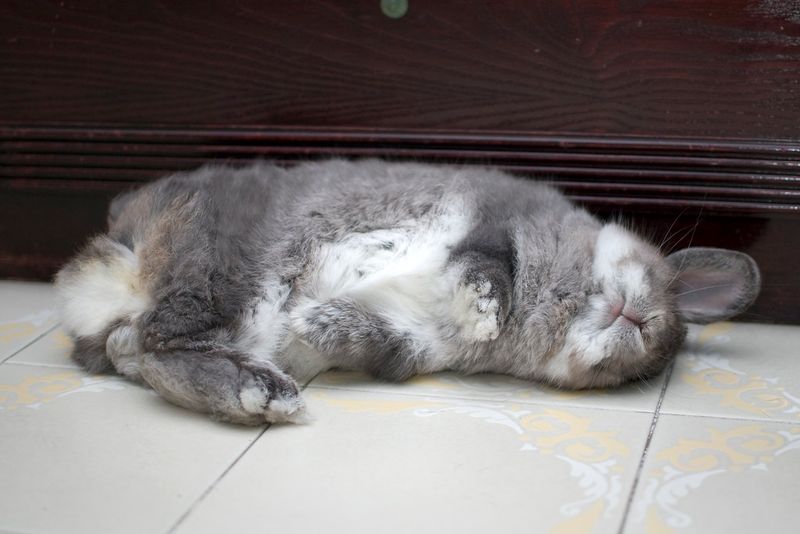
A bunny flopping over might seem like they’re kicking back after a long day. But this dramatic gesture can be misleading.
Imagine your adorable rabbit suddenly keeling over, legs outstretched. While it’s a sign of trust and relaxation, it can also hint at digestive issues if too frequent.
Rabbits are masters of disguise when it comes to health problems. So, if your bunny flops more often than usual, it might be worth a closer look.
4. Parrot Feather Plucking
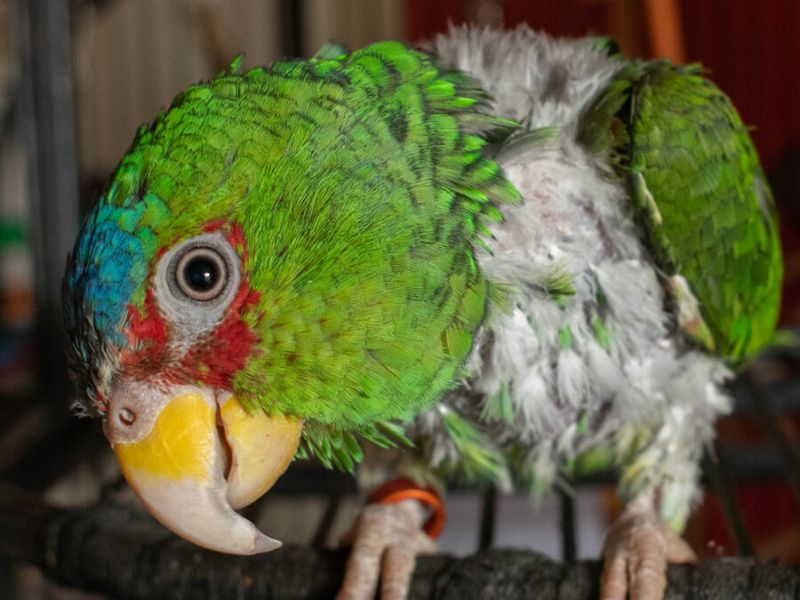
Feather plucking in parrots can seem like a quirky grooming ritual. Yet, it often indicates stress or medical issues.
Visualize a scene where your vibrant parrot is meticulously pulling out feathers, creating a small pile. While they may look like an artist shedding colors, this behavior screams for attention.
It’s often caused by boredom, dietary deficiencies, or skin infections. So, if your feathered friend is going overboard, it might be time for a vet consultation.
5. Guinea Pig Popcorning
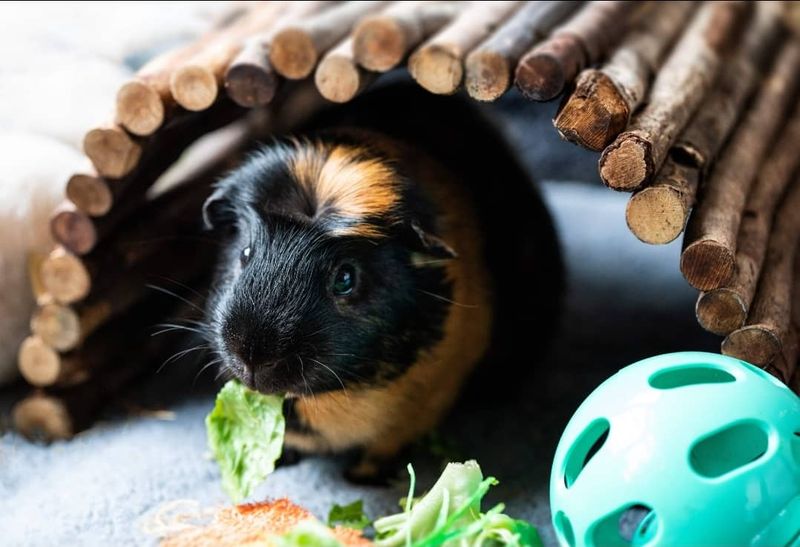
Guinea pigs popping in the air are like kernels of joy, bursting with energy. But excessive popcorning might suggest discomfort. Picture a happy guinea pig, leaping in delight among a spread of veggies.
While it’s usually a sign of joy, relentless popcorning can also indicate something’s off, like skin irritation or mites.
Observing their environment and behavior can help determine if all’s well or if there’s a need for vet advice.
6. Hamster Bar Biting
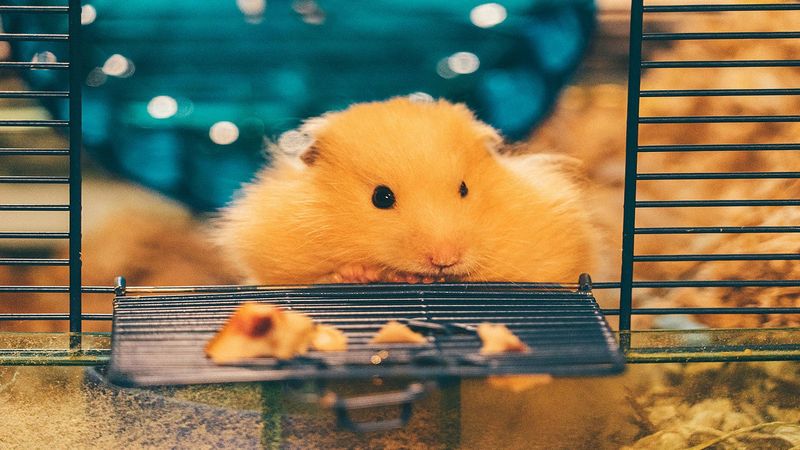
Hamster bar biting might look like a character-building exercise, but it’s often a cry for help. Imagine a tiny hamster, teeth working like saws on metal bars, while toys lay untouched.
This habit can be a signal of stress, boredom, or an overcrowded cage. While it might seem like they’re just keeping busy, providing more stimulation or space could work wonders.
It’s worth considering an upgrade to their living quarters if the gnawing continues.
7. Dog Head Tilt
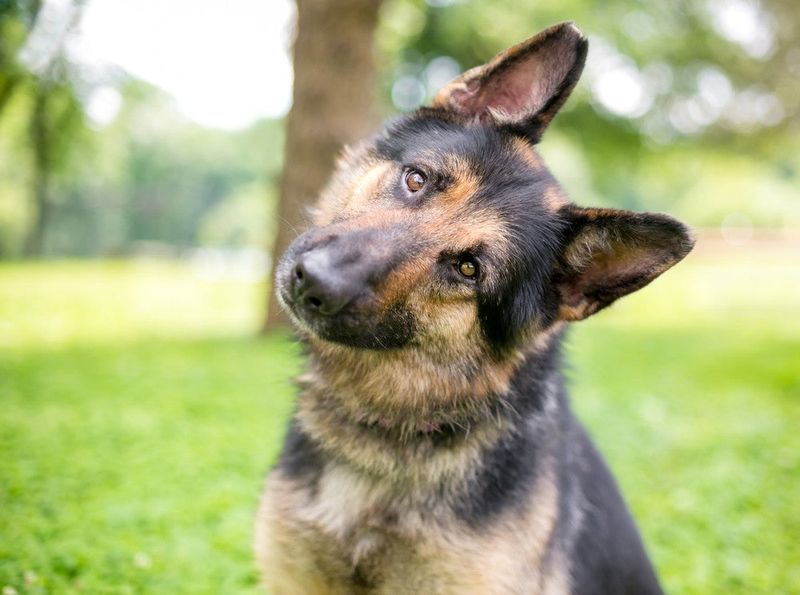
Who can resist a dog’s head tilt? It’s like they’re trying to understand every word. But if Fluffy’s tilt becomes frequent, it might be more than curiosity.
Envision a scene at the park, your pup tilting its head at every sound. While endearing, it could indicate an ear infection or neurological issue if persistent.
So, it’s essential to monitor and seek guidance if the tilt seems more than just a reaction to your chat.
8. Sneezing Ferret
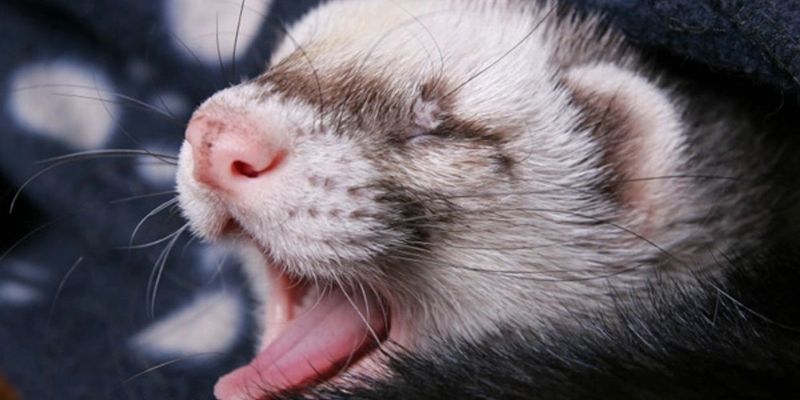
Ferrets sneezing might seem like a cute little tickle of the nose, but it can signal respiratory issues. Imagine your ferret, nose twitching before releasing a series of sneezes.
While adorable at first, frequent sneezing accompanied by other symptoms like nasal discharge needs attention.
Ferrets are susceptible to colds and infections, so keeping an eye on other signs can help decide if a vet visit is needed.
9. Cat Kneading
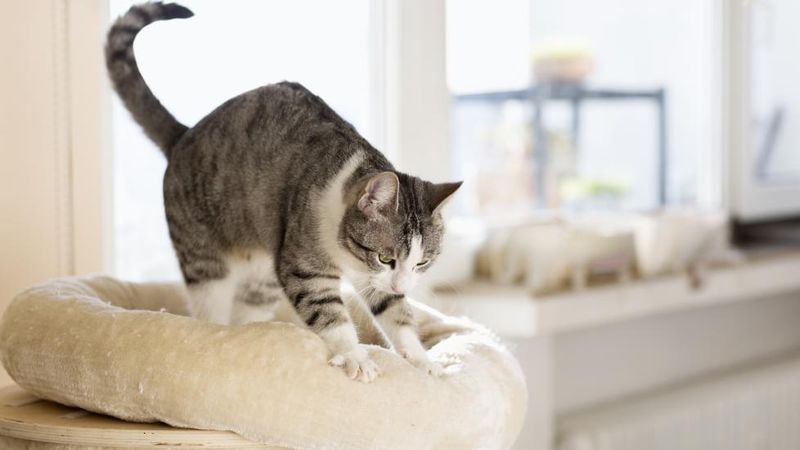
Kneading might remind you of a baker at work, but for cats, it can sometimes mean anxiety. Picture a cozy night in, your cat rhythmically pressing its paws into a blanket.
While it’s a comforting behavior from kittenhood, if done obsessively, it might indicate stress. Cats often knead to self-soothe, so an increase in this behavior could hint at underlying anxiety.
A close watch on other stress signals will help decide if further action is needed.
10. Bird Beak Grinding
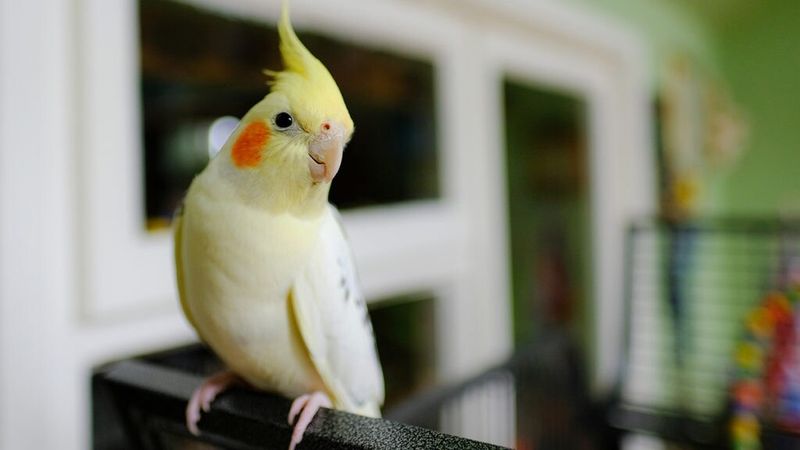
Beak grinding in birds can sound like a tiny carpenter at work, often signaling contentment. However, frequent grinding might suggest discomfort.
Envision your budgie, serenely perched, beak gently gnashing. While usually a sign of relaxation, if it occurs excessively, it might point towards dental issues or stress.
Observing their overall health and behavior ensures everything is chirping along smoothly, or if there’s a need for intervention.
11. Gerbil Digging
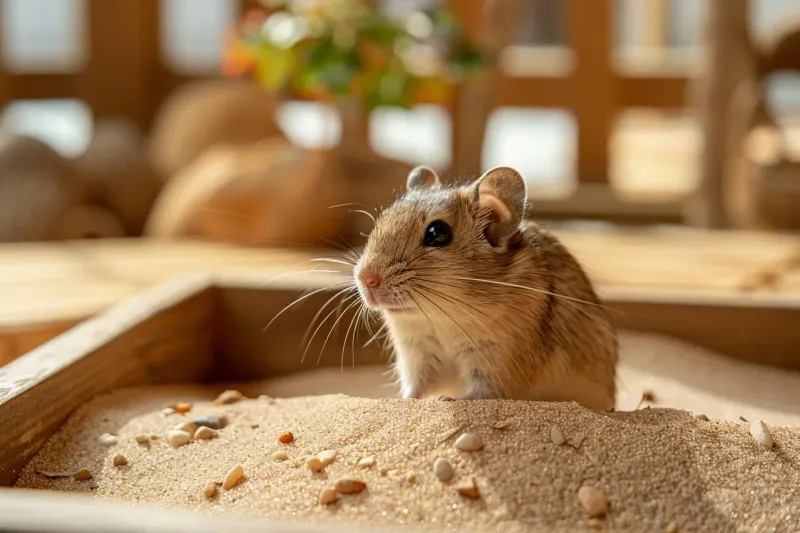
Digging is a gerbil’s way of saying, “I’m an explorer!” Yet, if it becomes relentless, it might mean boredom or stress. Imagine a gerbil in its habitat, paws flying as it tunnels through bedding, oblivious to the world.
Although a natural instinct, excessive digging can signal unhappiness. Providing engaging toys and more space can help curb this behavior, ensuring your little digger stays content and healthy.
12. Rabbit Thumping
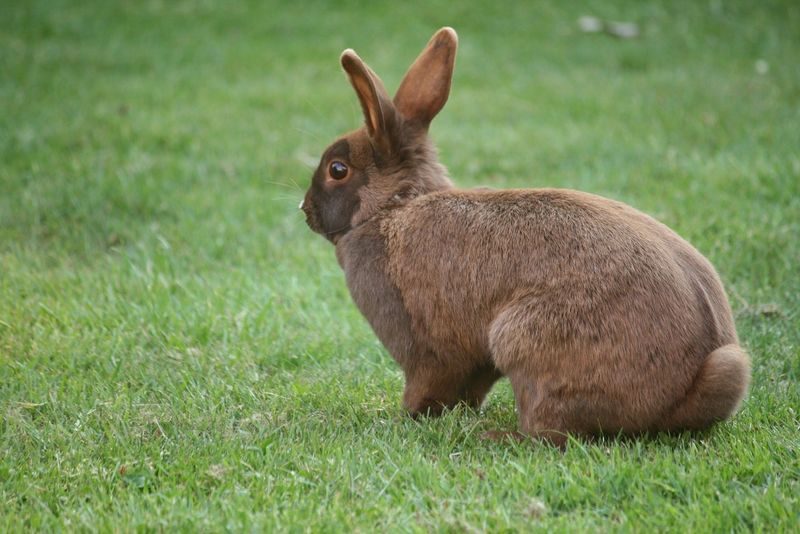
Thumping might seem like your rabbit’s way of saying, “Listen up!” But it’s often a sign of fear or distress. Picture your bunny in the garden, thumping its back feet with determination.
While it’s sometimes a call for attention, it often signals feeling threatened. Observing what triggers this behavior can help reassure your rabbit, making them feel safe and secure once again.
13. Dog Paw Licking
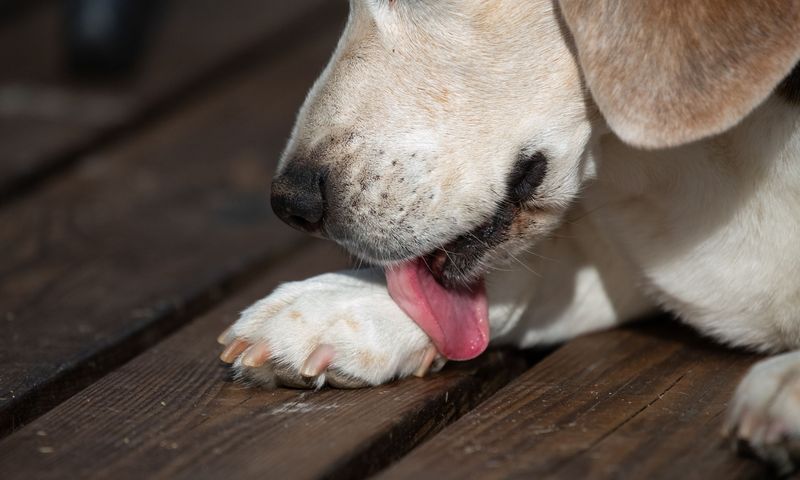
Paw licking might look like a meticulous grooming session, but it often signifies an allergy or irritation. Imagine your dog on a lazy afternoon, lovingly licking its paw.
While occasional licking is normal, excessive attention to paws can indicate allergies. It’s like an itch they can’t scratch, requiring a little detective work to uncover the cause.
Consultation with a vet can help soothe those itchy paws and prevent further complications.
14. Cat Chattering
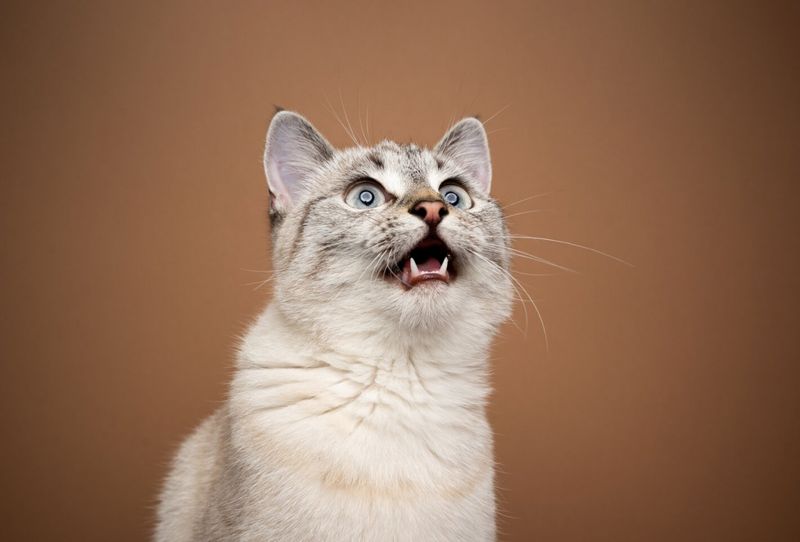
Chattering can resemble a feline’s imaginary conversation, often targeting birds outside. However, it might indicate frustration or dental issues.
While it’s a fascinating spectacle, if it’s paired with other symptoms, it could hint at dental discomfort. Monitoring their oral health and behavior can ensure that the chatter is just playful banter, not a hidden woe.
15. Horse Weaving
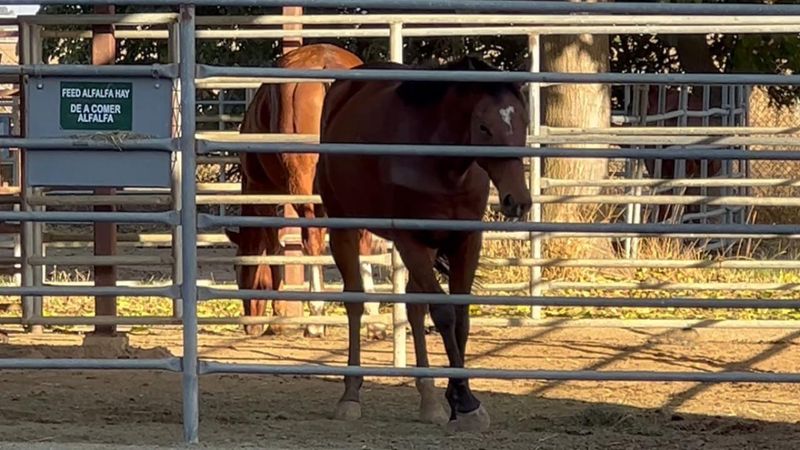
Weaving in horses might look like a rhythmic dance, but it often signals boredom or stress. Picture a horse, shifting its weight rhythmically from side to side, almost in a trance.
While seemingly harmless, it’s usually a sign of confinement stress. Providing more exercise and changing their environment can help alleviate this behavior, ensuring they remain healthy and happy.
16. Fish Glass Surfing
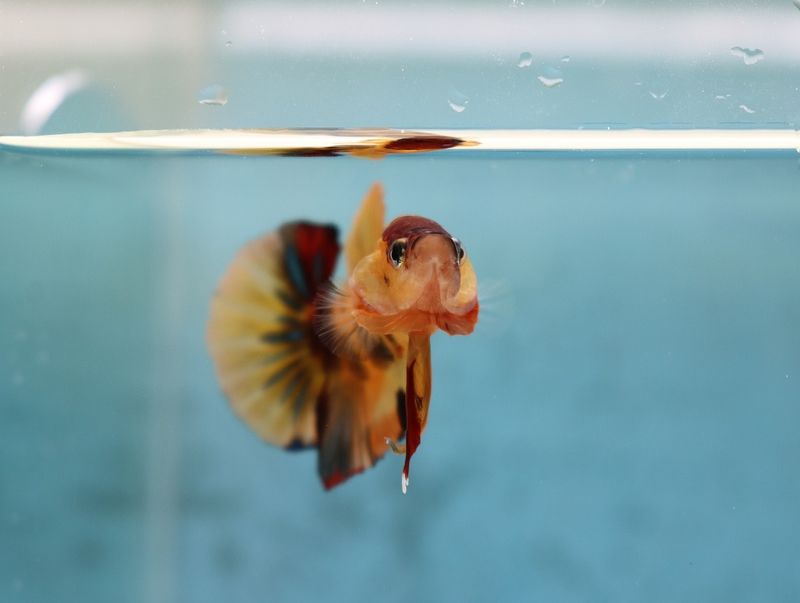
Glass surfing might appear as your fish’s way of admiring their reflection, but it’s typically a sign of stress.
Imagine a vibrant fish, gliding repetitively along the glass walls of its tank, ignoring the lush environment within.
This behavior often points to water quality issues or overcrowding. Ensuring optimal living conditions can help reduce stress, transforming surfing into serene swimming.

